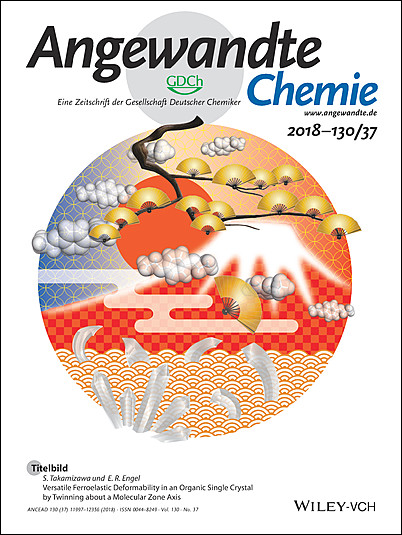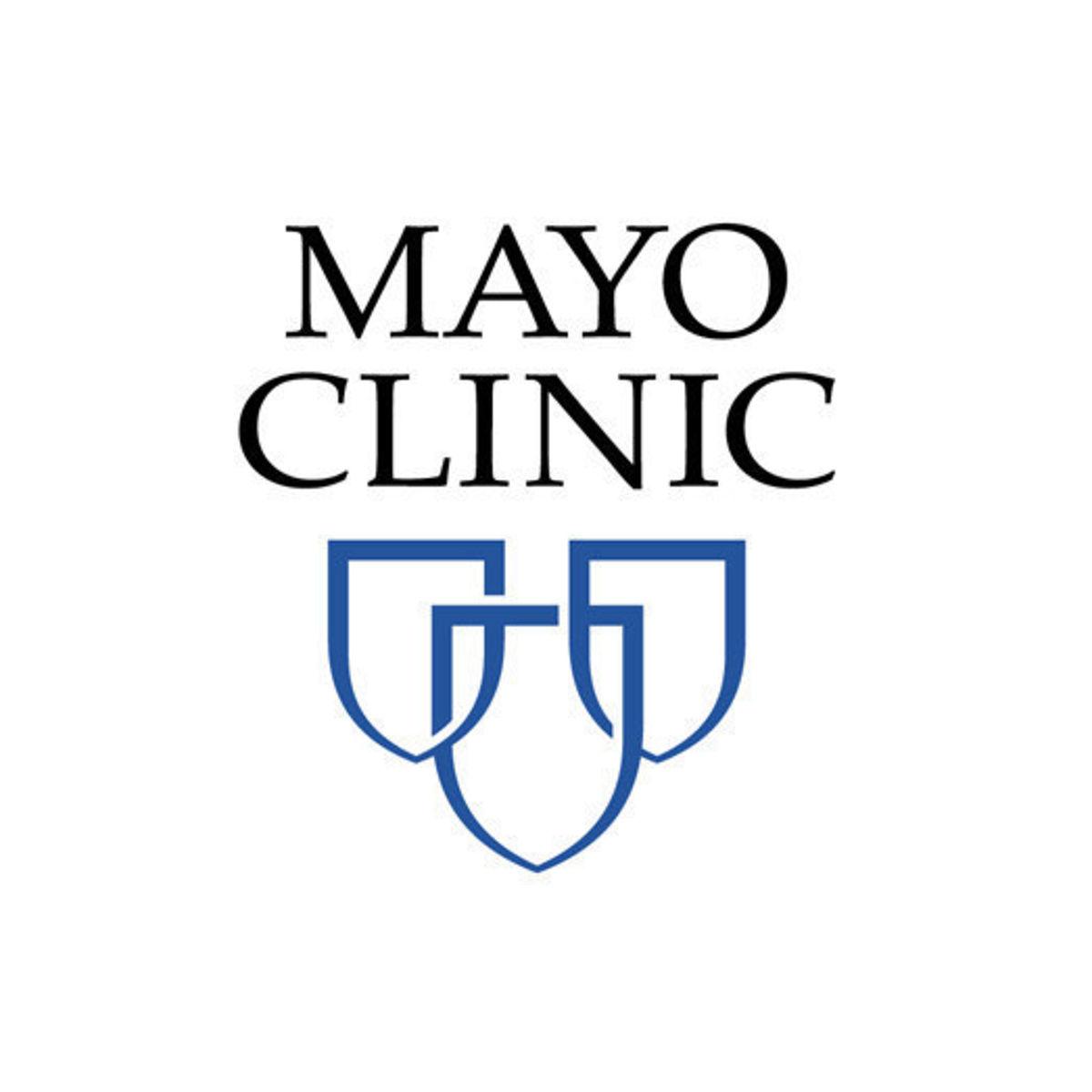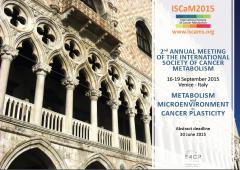 This morning, Leonardo Tenori, member of Giotto Biotech Board of Director, spoke about Metabolomics based on NMR.
This morning, Leonardo Tenori, member of Giotto Biotech Board of Director, spoke about Metabolomics based on NMR.
It was a great opportunity to illustrate to participants of Toscana Tech how Metabolomics based on NMR works and to offer some details about fields of application. Some examples of the fields of application are:
- Biomedical: metabolomic profiling of biological fluids (breath condensate, expectorate, sweat, urine, blood, serum), disease fingerprinting.
- Pharmaceutical: prediction of drug toxicity, analysis of mechanism of action and side effects.
- Agro-food: analyses of food products (fruits, vegetables, dairy products, olive oil, meat and fish, etc.).
- Probiotic: metabolomics of probiotic products for their characterization.




